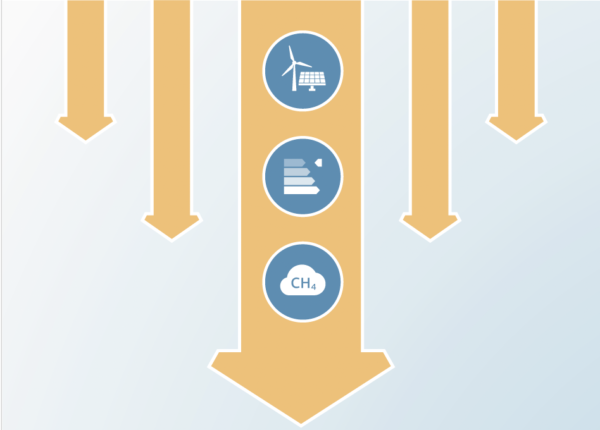A 1.5°C compatible Switzerland
Authors
Ryan Wilson, Pam Pearson, MJ Mace, Matthew Gidden
Share

In late 2020, Switzerland formally updated its national determined contribution to achieving the Paris Agreement’s long-term temperature goal by targeting a higher level of domestic emissions reductions by 2030. This modest goal was defeated in a referendum on June 12, 2021.
While the current Swiss government has reiterated its commitment to 50% overall reductions by 2030, implementation now relies on the Federal Council’s 2016 recommendation to achieve a 30% reduction in domestic emissions by 2030, with the remainder to be attained through emissions reductions achieved overseas.
But is this 2030 goal enough to put Switzerland on track to achieve its goal of net zero GHG emissions by 2050 and preserve its glaciers?
Summary
- Switzerland did not ratify its recently submitted NDC in a June 12 referendum that rejected its updated CO2 Act. This severely limits its ability to reach a minimum 1.5°C compatible effort level of at least a 53% emissions reduction below 1990 levels by 2030.
- Its 2030 domestic target now falls back to a 2016 recommendation by the Swiss Federal Council of a 30% reduction in domestic emissions by 2030. This trajectory of emissions reductions by 2030 would make it difficult for Switzerland to reach its stated long-term target of carbon neutrality by 2050, and would lead to warming of 3-4°C by 2100 if followed globally.
- This level of warming would lead to the complete disappearance of nearly all snowpack and glaciers in Switzerland, according to projections.
- Switzerland’s 2050 net zero target is 1.5°C compatible, but without a sufficiently ambitious 2030 target, Switzerland is overall not aligned with the Paris Agreement’s 1.5°C long-term temperature goal.
- The full fair share 2030 contribution by Switzerland to global emission reductions consistent with the Paris Agreement includes support to developing countries reduce emissions on top of its own domestic emission reductions and is equivalent to an emissions reduction of 127% below 1990 levels. This means that if Switzerland achieved a 53% reduction domestically it would need to do the remainder through international assistance, finance or other support for mitigation in developing countries, which would have been provided at least in part by the Climate Fund that was part of the new CO2 Act defeated in the referendum.
- A new climate law provides an opportunity for Switzerland to both protect its domestic snow and water resources, and serve as a model for other nations by setting a 1.5°C compatible domestic emissions target of at least 53% below 1990 levels by 2030. As the Government wrote in 2018, “Switzerland’s credibility depends on its ability to live up to its responsibility as a contributor to climate change and as a prosperous nation”.











